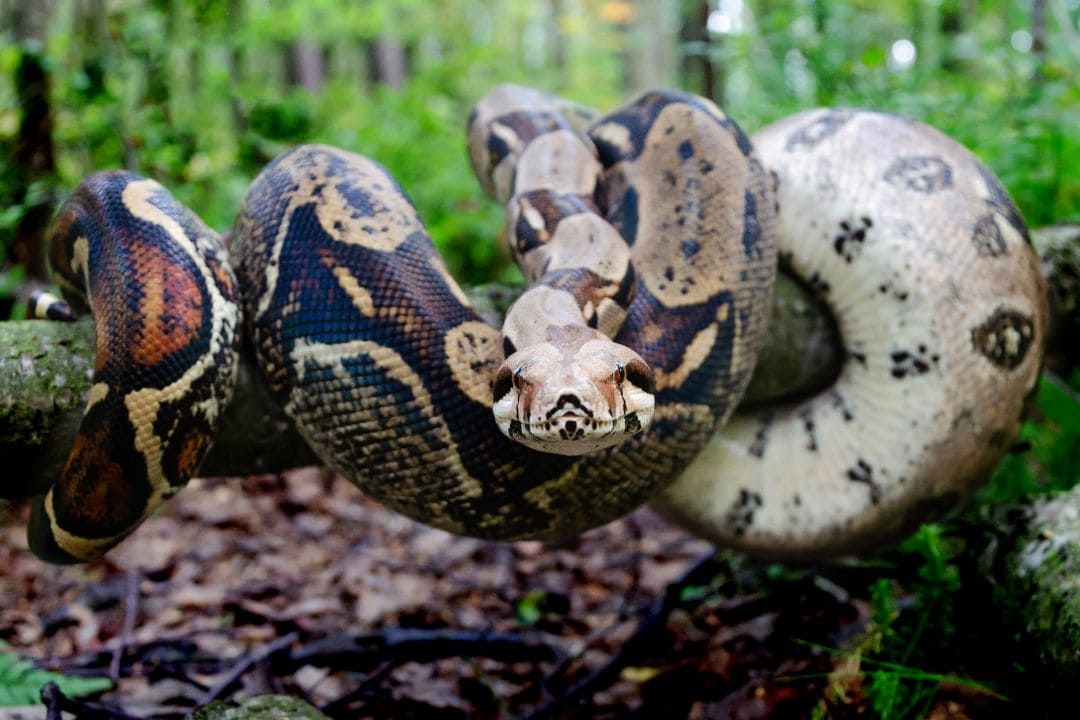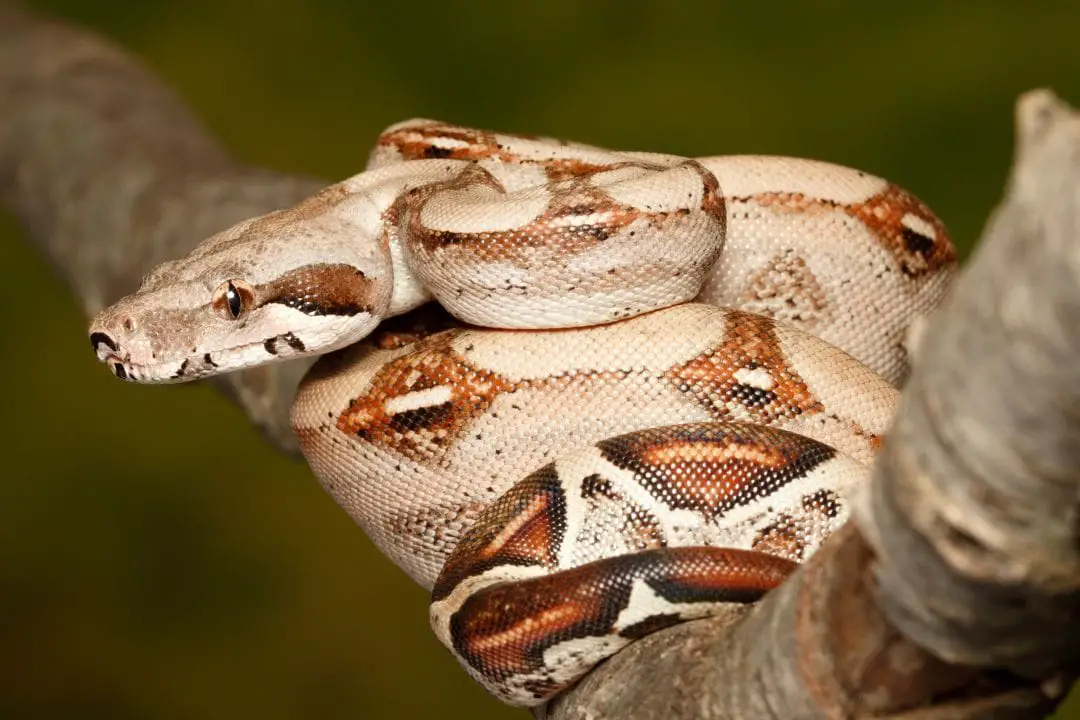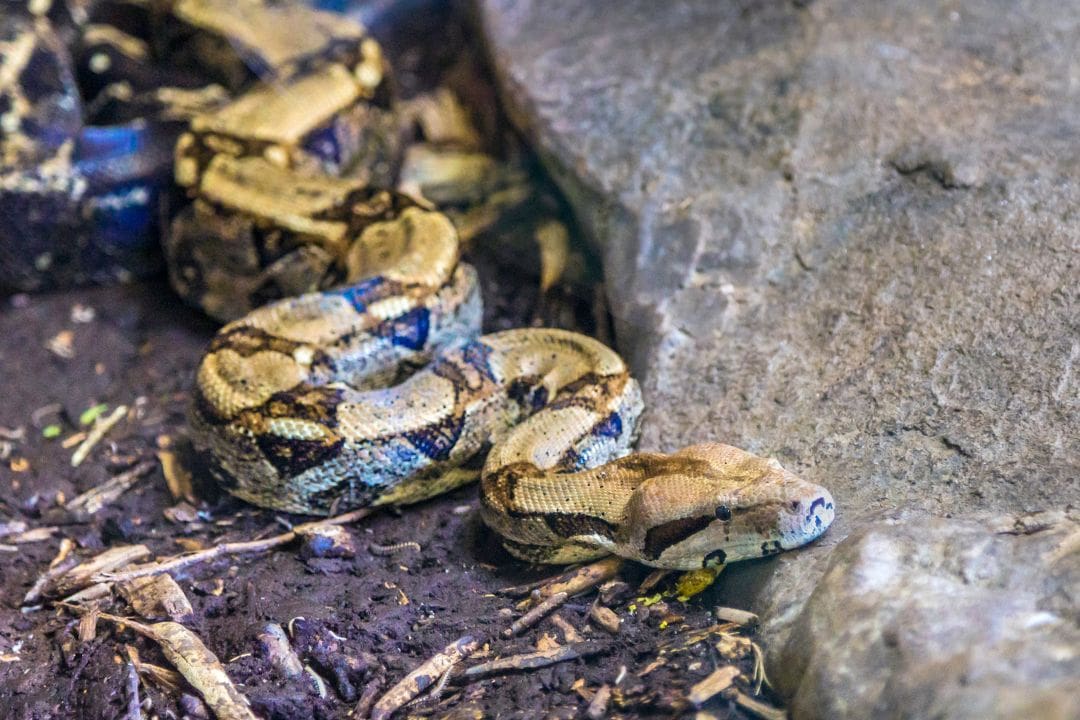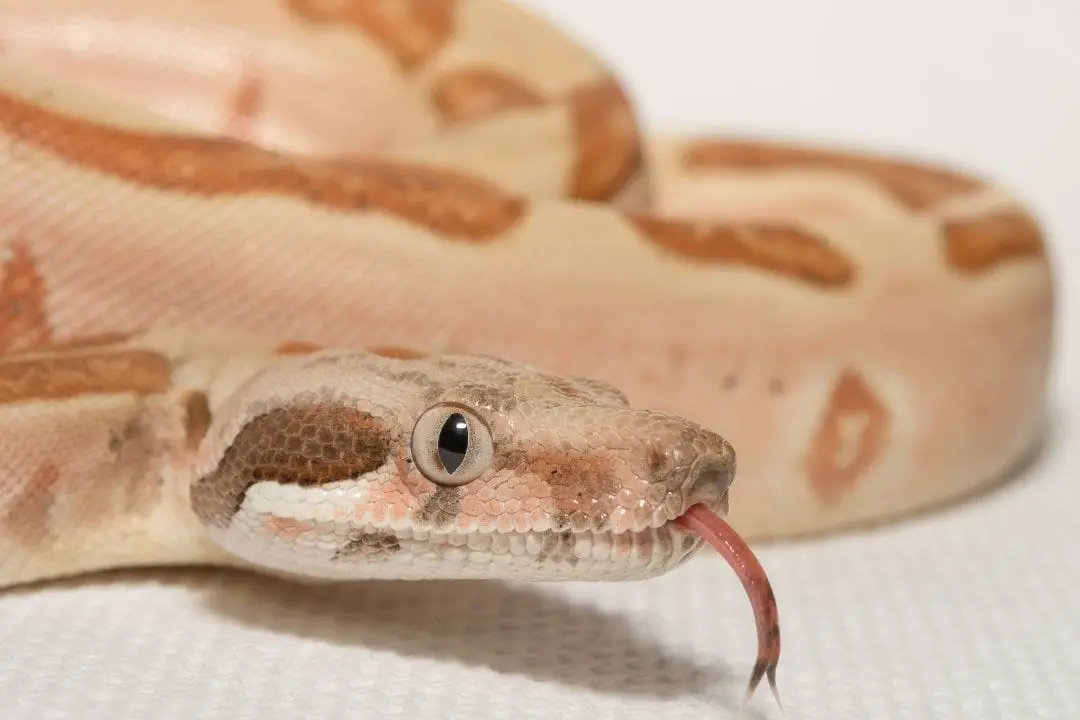The boa constrictor is a well-known snake that belongs to the Boidae family. However, the boa constrictor has a lot of relatives.
There are five subfamilies in the Boide family, 12 genera, and 49 species. It was once believed that the Boide family were found only in the New World while pythons occupied the Old World.
However, that belief has been proven false. So, where do boa constrictors live?
Boa constrictor imperator is one of the most widely spread of the true boas. It can be found in from Mexico to South America. Corallus cropanii is the rarest of the boa family and is only found in Southeastern Brazil. Boas have also been introduced to the southernmost parts of Florida and St. Croix in the Virgin Islands.
While the Boide family is mostly found in the Americas, some members inhabit Europe, Asia, Africa, and the Pacific islands.
During the Paleozoic era (around 280 million years ago), all the continents formed one land mass. When the land mass split into the continents, most Boidae families wound up in the Americas while the remaining members found themselves in the Old World.
New World boas can be found in:
- North America
- Central America
- South America.
Old World boas can be found in:
- Southeastern Europe
- Asia Minor
- Northern Africa
- Central Africa
- Eastern Africa
- Madagascar
- Reunion Island
- The Arabian Peninsula
- Central Asia
- Southwest Asia
- India
- Sri Lanka
- The Moluccas
- New Guinea
- Melanesia
- Samoa
They occupy a range of habitats, including:
- Rain forest
- Grasslands
- Swamps
- Woodlands
- Semi-desert areas
Boa Constrictors: A Diverse Group
In the Boidae family, the genus Boa contains the true boas. There are three species of Boa:
- Boa constrictor
- Boa imperator
- Boa sigma
In turn, there are eight subspecies of Boa constrictor:
- Boa constrictor constrictor
- Boa constrictor longicauda
- Boa constrictor occidentalis
- Boa constrictor orophias
- Boa constrictor ortonli
- Boa constrictor nebulosa
- Boa constrictor sabogae
- Boa constrictor amarali
Red-Tailed Boa (Boa constrictor constrictor)
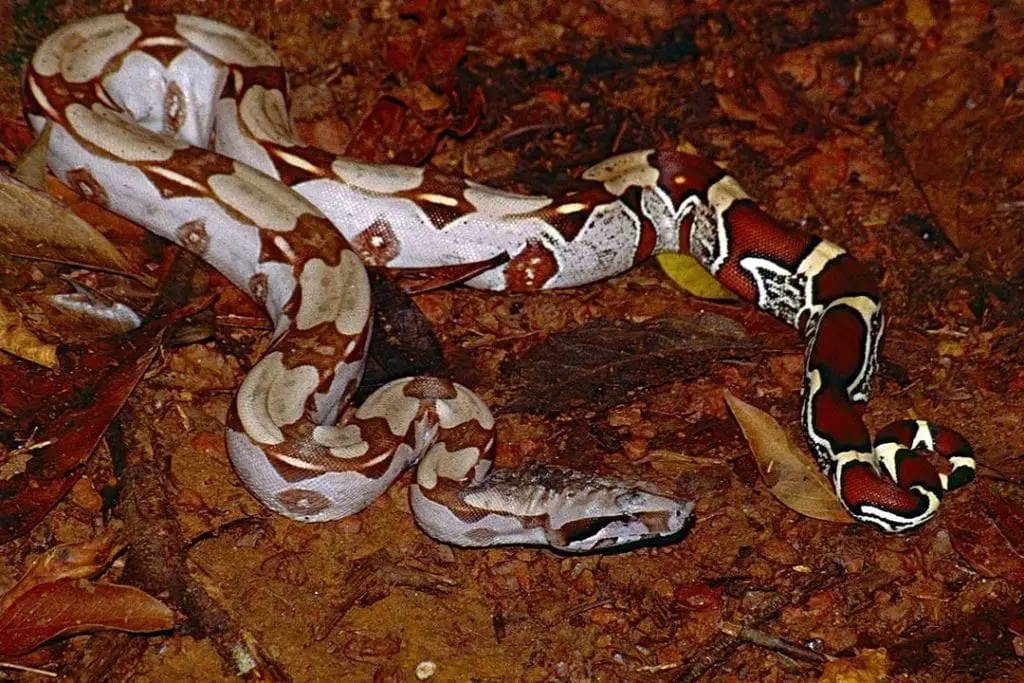
Known as the red-tailed boa, this snake is what comes to most people’s minds when they think of boa constrictors. These snakes can be found:
- South America, east of the Andes Mountains
- Bolivia
- Brazil
- Colombia
- Ecuador
- French Guyana
- Guyana
- Peru
- Suriname
- Trinidad
- Tobago
- Venezuela
The Suriname boa constrictor is part of this family. It and the red tail boa are not considered to be a separate species. Popular among reptile keepers, this snake is found in Suriname.
Common Boa (Boa imperator)
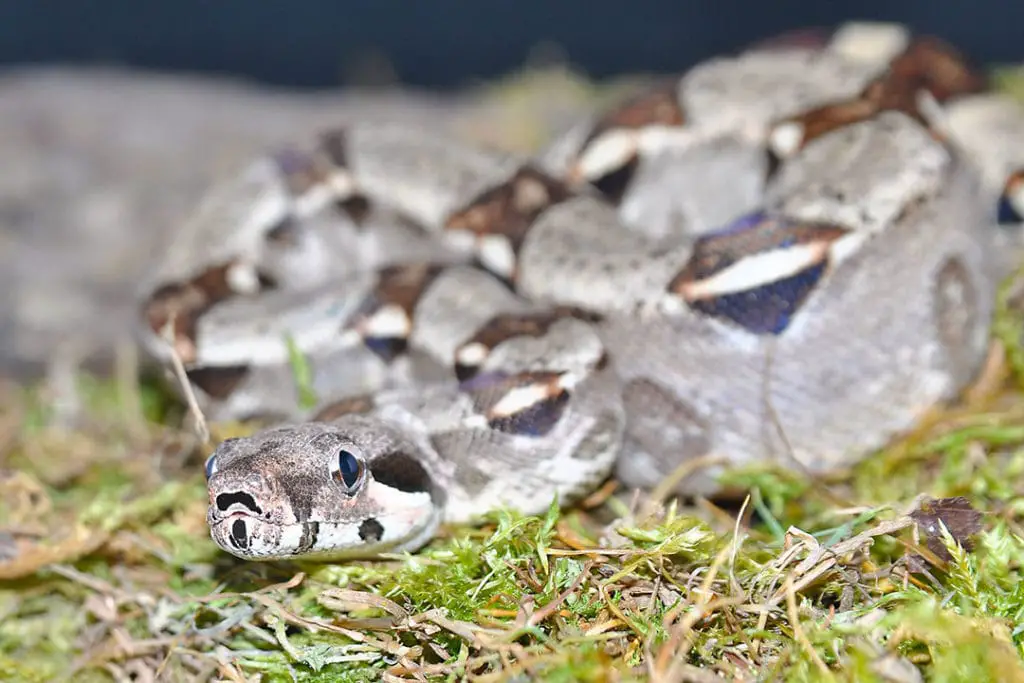
The most gentle of the Boa genus, the common boa constrictor is frequently mistaken for the red-tailed boa. The common boa is also known as the Columbian boa or northern boa.
It inhabits the rainforest of the following locals:
- Belize
- Colombia
- Honduras
- Mexico
- Tarahumara Mountains
- Sonoran
- Tamaulipas
- Cancun
- Nicaragua
- Paraguayan Peninsula
- Costa Rica
- Ecuador
- El Salvador
- Panama
- Venezuela
Peruvian Long Tail Boa (Boa constrictor longicauda)
Considered to be one of the calmest of the boas, the Peruvian long tail boa is found in Northern Peru.
Argentine Boa (Boa constrictor occidentalis)
Considered to be one of the largest of the boas, the female Argentine boa can attain a length of 10 feet. This subspecies is found from Argentina to Paraguay.
St. Lucia Boa (Boa constrictor orophia)
As with the Argentine boa, the St. Lucia boa can also reach 10 feet, with one individual recorded at 12 feet. This subspecies is also an excellent climber. It is found on St. Lucia island in the Lesser Antilles.
Macanche Boa (Boa constrictor ortonii)
If there are any Macanche boas in captivity, their numbers would be very small. Further, they are endangered in the wild. The Macanche boa is found in isolated areas of Peru.
Clouded Boa (Boa constrictor nebulosa)
More arboreal than most boas, the clouded boa is listed in Cite’s Appendix 2. They are rarely kept in captivity. Their range includes the island of Dominica in the Lesser Antilles.
Pearl Island Boa (Boa constrictor saboge)
The Pearl Island boa is found on the islands of the coast of Panama. The islands they inhabit are Cha Mar, Tabogulla, and Tobago. Though threatened in the wild, they breed well in captivity.
Short-tailed Boa (Boa constrictor amarali)
Also known as the Bolivian silver back, the short-tailed boa is found in southeast Bolivia and southern-southwest Brazil. It is also becoming rare in the wild.
Sonoran Boa (Boa sigma)
This boa species is found in the tropical dry forests from the Pacific coastal areas of Mexico, west of the Isthmus of Tehuantepec, and as far north as Sonora. It is also found on the following islands:
- Islands of Islas Marias
- Maria Mandre
- Maria Magdalena
- Maria Cleofas
Boa Sub Families
The genus Boa, which includes the true boas, includes two subfamilies: Boinae and Erycinae. The subfamily Boinae is comprised of :
- Genus Boa: Boa constrictors
- Genus Corallus: Tree boas
- Genus Eunectes: Andacondas
- Genus Epicrates: Rainbow boas
The subfamily Erycinae includes:
- Genus Charina: Rosy and rubber boas
- Genus Eryx: Sand boas
Tree Boas (genius Corallus) Distribution
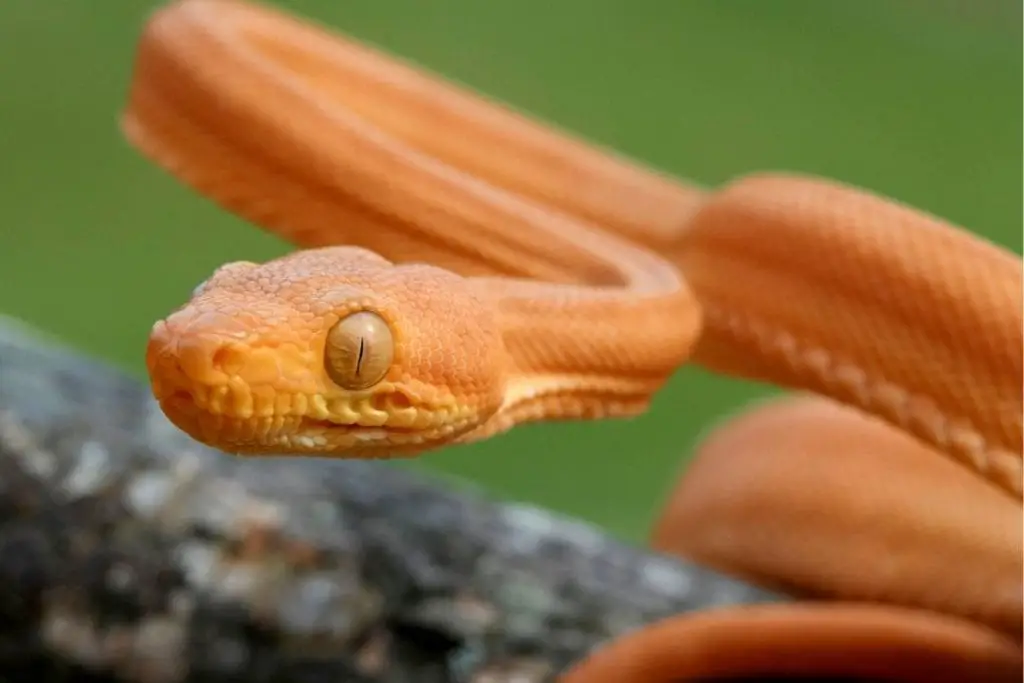
There are two subspecies of Amazon tree boas: Corallus hortulanus hortulanus and Corallus hortulanus cooki.
These snakes can be found in various habitats, but they prefer areas of high humidity.
They are especially common in the Amazon rainforest. An arboreal species, these snakes normally can be found around 1-2 meters above the ground.
Corallus hortulanus can be found in Guianas, Amazonia, and south-eastern Brazil to the Tropic of Capricorn.
The distribution for Corallus hortulanus cooki includes:
- Southern Central America
- Northern Columbia
- Northern Venezuela
- Trinidad
- Tobago
- Southern Windward Islands (St. Vincent and the Grenada Band)
Another member of the Corallus genus is the brilliantly colored emerald tree boa. There are two populations of emerald tree boas: Corallus batesii and Corallus caninus.
Corallus batesii, also known as the Amazon Basin emerald tree boa, is found in:
- Basin of the Amazon River
- Southern Suriname
- Southern Guiana
- From southern Venezuela to Columbia
- Peru
- Brazil
The distribution for Corallus caninus includes:
- Northern regions of Columbia
- Brazil
- Venezuela
- Suriname
- The Guianas
- The Guiana Shield.
Anaconda (genius Eunetes) Distribution
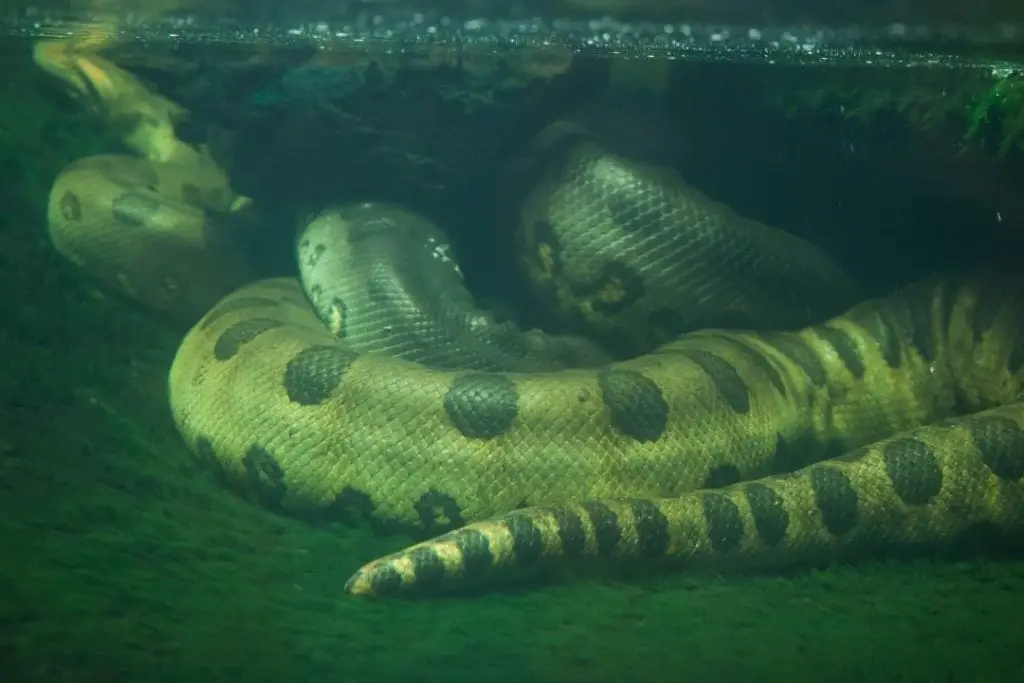
The second subfamily of the genus Boa is the genius Eunetes. This group contains among the heaviest snakes in the world, the anacondas.
This genius has two members: the green Anaconda (Eunectes murinus) and the yellow anaconda (E. notaeus).
- The green anaconda can be found in the tropical waters east of the Andes Mountains. They also inhabit Trinidad.
- The yellow anaconda’s distribution is from Bolivia and Brazil and south to Paraguay and Argentina.
In Bolivia and Brazil, they are concentrated in the Pantanal, while the Parana River Basin is their home in Paraguay and Argentina.
Rainbow Boas (genius Epicrates) Distribution
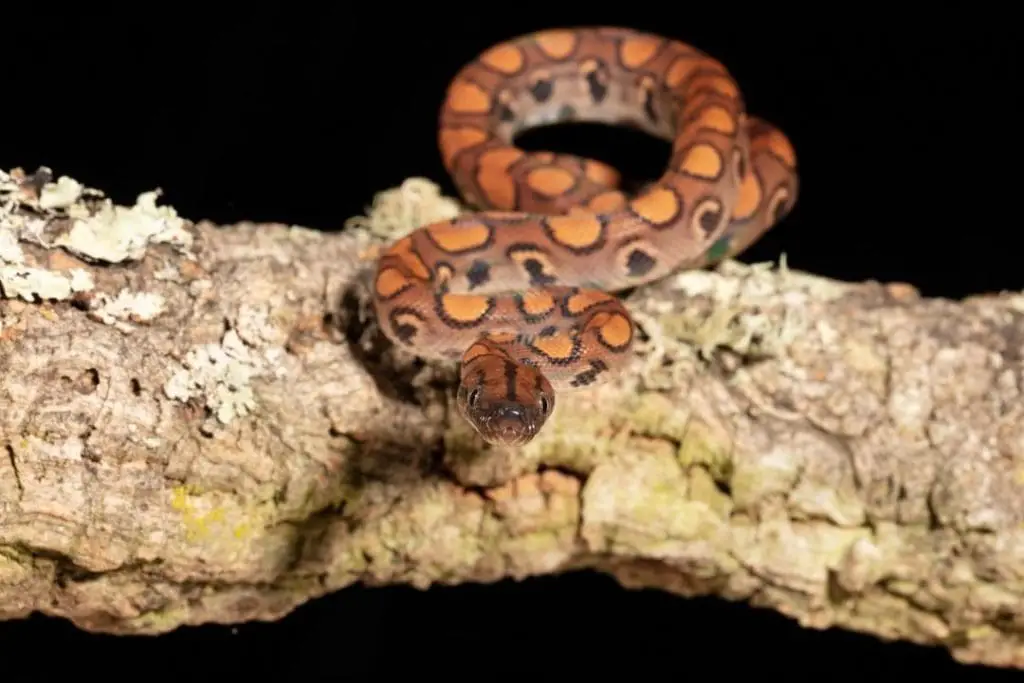
Rainbow boas get their name from their iridescent scales. They are semi-arboreal and can be found in the Amazon region of South America.
The brown rainbow boa (Epicrates murinus) is found further north than any other rainbow boa species. It can be found in:
- Southern Central America
- Trinidad
- Tobago
- Northern South America
Sand Boas (genus Eryx) Distribution
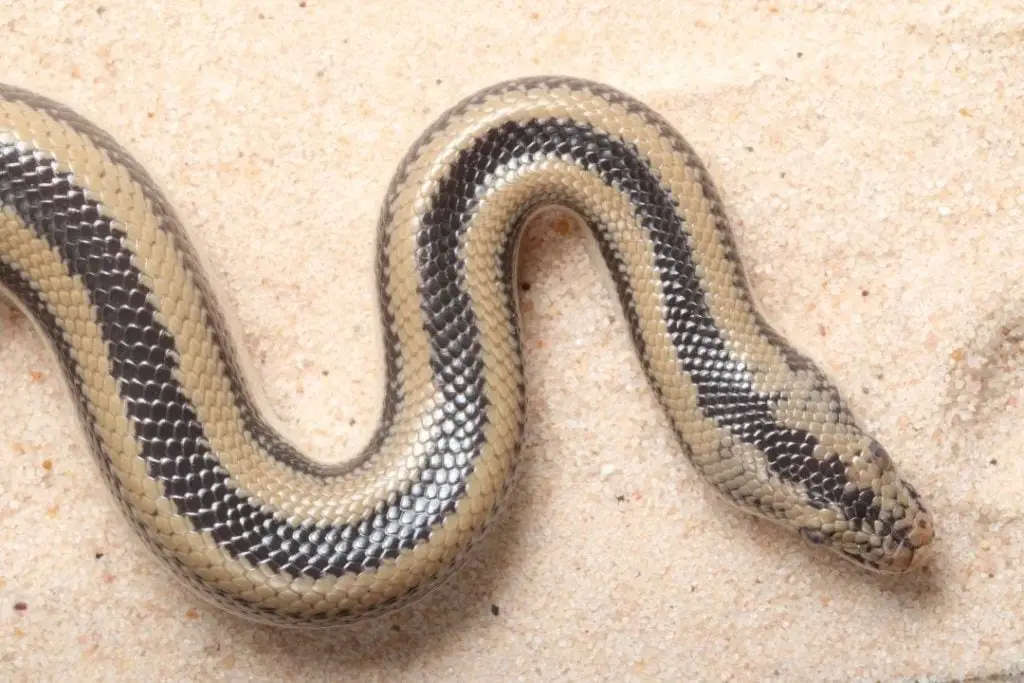
The subfamily Erycinae includes Old World species of boas.
This group includes the sand boas belong to (genus Eryx). Sand boas are found in Africa, India, and Asia deserts.
The Kenyan sand boa (Eryx colubrinus) is popular in the pet trade. It is a widespread species that inhabit:
- Egypt
- Western Libya
- Yemen
- Sudan
- Tanzania
- Ethiopia
- Chad
- Niger
- Northern Somalia
Rosy and Rubber Boas (genus Charina)
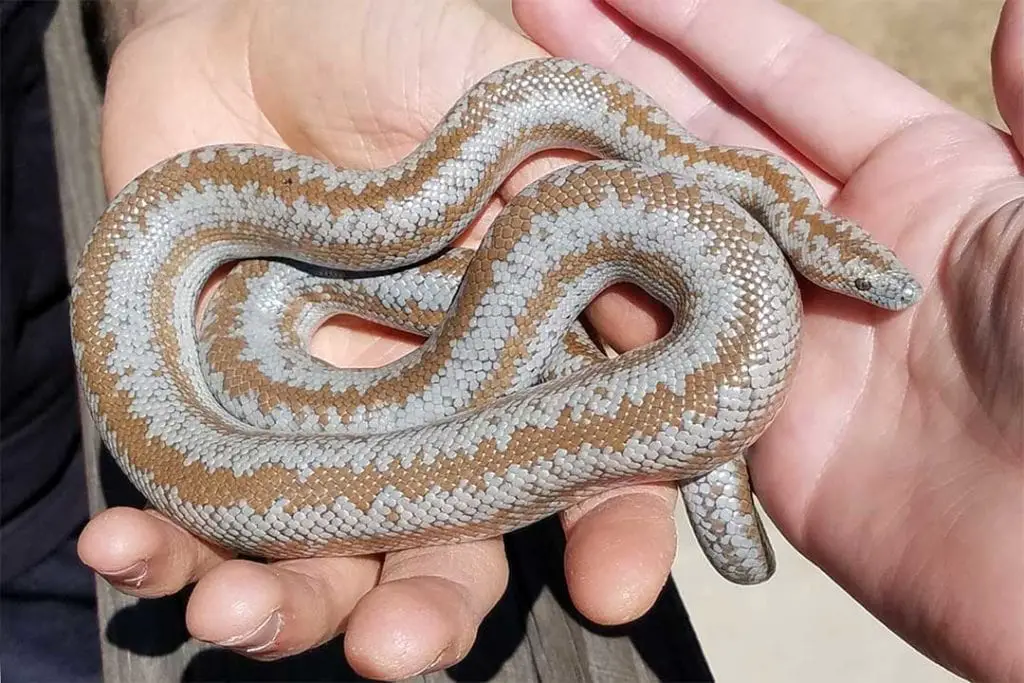
The most northern boa species is the brown rubber boa (Charina bottae). It is found in western North America.
The rosy boa (Charina trivirgata) is the second most northern species. Its range is from Southern California and Arizona to Mexico.
Bolyeriidae & Tropidophiidae
There are two other groups of snakes in the Boa family that are not true boas.
These groups are the Bolyeriidae and the Tropidophiidae. The Bolyerridae group can be found on Mauritius and Round Island.
This group is represented by the Mascarene (Casarea dussumieri), the split jawed. Unlike other snakes, the Mascarene jaws are hinged in the middle. It is an adaption for eating hard-bodied skinks.
The group Tropidophiidae includes the dwarf boas. These snakes are largely terrestrial but will climb trees in search of prey, including small birds and mammals.
They can be found in the West Indies, northern South America, and Central America.
Dumerils Boa (Acrantophis dumerili)
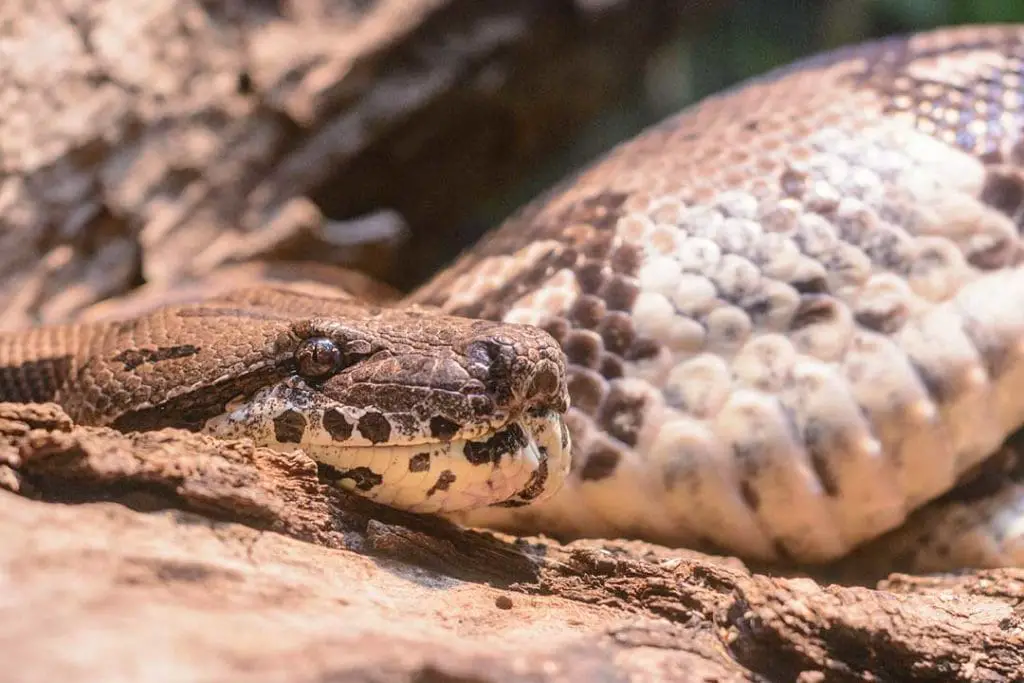
The genus Arcantophis includes the Dumerils boa, a medium-sized boa with a gentle temperament. It is found in Madagascar and prefers areas that have minimal rainfall.
Sources
Albino, A.M. and Carlini, A.A., 2008. First record of Boa constrictor (Serpentes, Boidae) in the quaternary of South America. Journal of herpetology, 42(1), pp.82-88.
Cardozo, G., Scavuzzo, C.M., Lanfri, M., Chiaraviglio, M. and Di Cola, V., 2008. Modelling the distribution of the Boid snakes, Epicrates cenchria alvarezi and Boa constrictor occidentalis in the Gran Chaco (South America). Amphibia-Reptilia, 29(3), pp.299-310.
Conclusion
We hope you enjoyed this article and invite your questions or comments.
.
